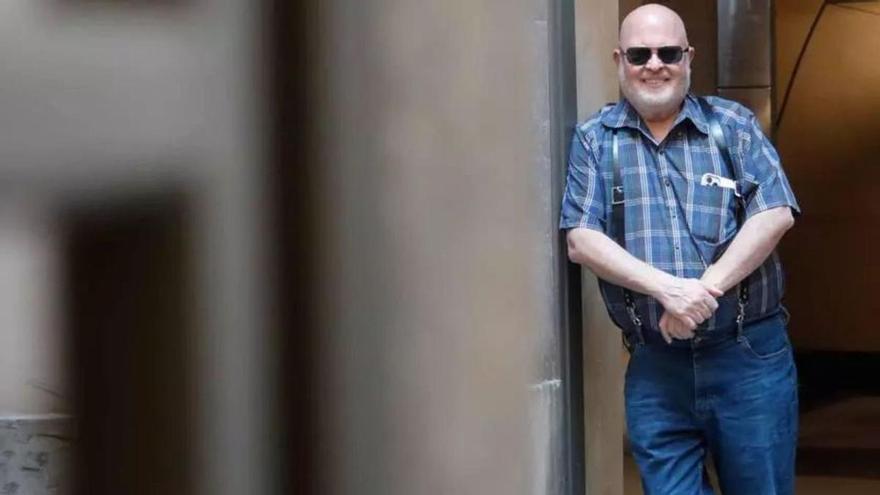In 1981, Call of Cthulhu hit the market. A game that would redefine the rules of role-playing, which is still played four decades later after producing countless spin-offs, and which probably did a lot to popularize the work of the cosmic horror writer H.P. Lovecraft. Its creator, Sandy Petersen (Saint Louis, Missouri, 1955), did not stop there, and his creation, with a more or less leading role depending on the case, was behind famous video games such as Doom, Quake, Civilization or Age of Empires . If the Celsius Festival of Horror, Fantasy and Science Fiction, which celebrates its thirteenth edition these days in Aviles, has invited each year one of the venerable founding fathers of classic science fiction, this year the role of patriarch goes to Petersen, someone who is still full of ideas for those looking for the possibility of playing as a strategy in all kinds of activities
What was the big change from the game that defined the role-playing game in that far-off 1981 Dungeons and Dragons (D&D)? “You fought bad guys, you got treasure, you upgraded, you fought a bigger bad guy… In CoC, you encounter something that could threaten the whole world, and you don’t try to fight it, you try to avoid it, and “instead of fighting, you investigate and discover dark secrets, and instead of getting better, you get worse as you learn terrible things.” This deterioration leads to a game dynamic that was revolutionary at the time and that mirrored Lovecraft’s characters’ descent into madness, and sanity points. “In D&D you have a warrior or a priest. In CoC you are one of them.”
“seriously funny”
Seeing a group of adults around a table could easily lead one to conclude that they are taking something seriously, what children have called fantasizing for decades. If anything, Petersen claims, what they are doing is “a lot of fun,” but mostly fun. “RPGs can evoke emotions in a powerful way. Generally, when I see people playing CoC, no matter how scary things are, the players are generally happy, smiling, and having fun. It’s like I’m watching a horror movie, scary, but I enjoy it because it’s fun to be scared.”
Lovecraft never produced a systematic, comprehensive taxonomy of the beings that threaten humanity from the deep or the afterlife. “No, he didn’t,” he laughs. “I had to do it for him.” Although August Derleth, and the rest of the Lovecraft circle, admit that they “tried to organize” this world, one of Petersen’s other contributions (the zoologist, by the way) was to make it tangible. Much of what people now understand as Lovecraftian is largely derived from Petersen’s imagery. Although he is already relieved that “modern Lovecraftian authors are dismantling this structure that Derleth put together and making more raw cosmic horror, more oriented toward outer space and other universes, less religious, and often without monsters.” Because this, he admits, is the central idea of the providential writer, “a world that touches our own.” “Lovecraft came up with a story called The Color Out of Space, which is about a colored extraterrestrial being. It’s not a gas, it’s a color. How do you combat color? And when things get infected with this alien, they start showing this color. It’s a very unusual concept, but who else did that?”
“In Lovecraft’s stories,” Peterson continues, “you’re in the natural world, and then something comes along and you realize that the natural world was an illusion and this is the real reality. And then you can’t speak again.”

“Professional web ninja. Certified gamer. Avid zombie geek. Hipster-friendly baconaholic.”









